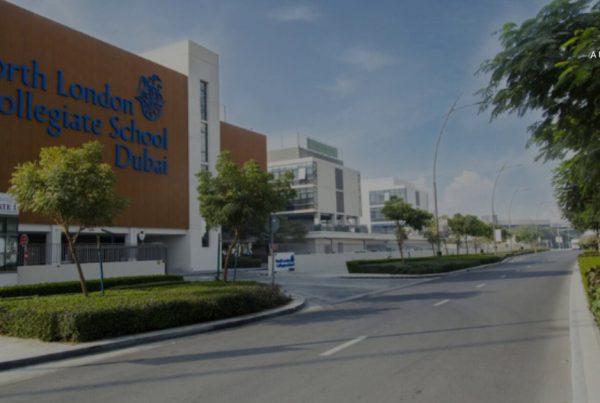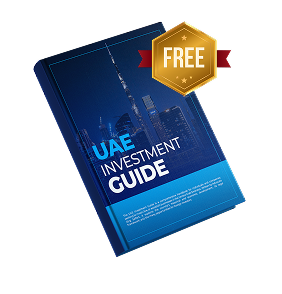UAE Interest Rate Cut: A New Boost for Dubai’s Real Estate Market
In late September 2025, the U.S. Federal Reserve made its first interest rate reduction of the year, cutting the benchmark rate by 0.25%. In line with the UAE dirham’s peg to the U.S. dollar, the Central Bank of the UAE (CBUAE) immediately followed, reducing its base rate from 4.40% to 4.15%. This move, though modest, has already begun to influence sentiment across Dubai’s real estate sector. With lower borrowing costs, both investors and homebuyers are eyeing new opportunities in one of the world’s most dynamic property markets.
Why the UAE Mirrors U.S. Monetary Policy
The UAE’s monetary framework is tightly linked to the U.S. Federal Reserve due to the dirham–dollar peg established decades ago. When the Fed adjusts its rates, the UAE must align to maintain currency stability and prevent speculative capital flows. The CBUAE’s rate cut ensures local borrowing conditions remain competitive, supporting business activity and consumer confidence. In real estate, this directly translates to cheaper mortgages, increased affordability, and a larger pool of eligible buyers.
Market Snapshot: Dubai’s Momentum Before the Cut
Data from DXB Interact’s Mid-Year 2025 Report shows Dubai entered the rate-cut period with remarkable strength:
- Property transaction volume rose by 22.5% compared to H1 2024.
- Total sales value surged by 40.1%, signaling solid investor and end-user confidence.
- Mortgage activity jumped by 38%, showing rising appetite for leveraged purchases even before the rate adjustment.
- April and May 2025 each recorded over AED 60 billion in total property transactions — both new monthly records.
These figures highlight a market with strong liquidity, diverse buyer participation, and sustained investor demand. With borrowing costs now easing, Dubai’s property ecosystem appears poised for another phase of expansion.
Impact of Lower Interest Rates on the Property Market
1. More Affordable Mortgages
Even a 0.25% reduction has a notable cumulative effect. For example, a 25-year mortgage of AED 2 million at 4% costs around AED 10,567 per month. With the new 3.75% rate, payments drop by nearly AED 300 monthly — saving roughly AED 90,000 over the loan term. This enhanced affordability makes ownership more attainable for mid-income buyers and young families.
2. Increased Borrowing Power
Lower rates expand loan eligibility. A buyer who could previously finance AED 1.8 million may now qualify for AED 2 million or more, granting access to better neighborhoods and higher-quality developments. This dynamic could accelerate sales in popular communities like Dubai Marina, Business Bay, and Palm Jumeirah.
3. A Boost for First-Time Buyers
Rate-sensitive first-time buyers stand to benefit most. Reduced monthly repayments can turn long-term renters into homeowners. Combined with flexible developer payment plans and incentives, this segment could see rapid expansion throughout 2026, driving further transaction volume across entry-level housing.
4. A Relief Valve for Renters
Rental prices across Dubai’s prime areas have surged over the past two years. For many tenants, the new mortgage environment means buying could now cost the same—or even less—than renting. As more renters transition into ownership, this shift could rebalance rental demand while sustaining end-user sales.
Broader Market Perspective: Stability Meets Opportunity
Dubai’s real estate market has proven remarkably resilient, supported by population growth, investor confidence, and forward-looking government policies such as the Golden Visa and freehold ownership zones. The September 2025 rate cut reinforces this momentum by improving liquidity and affordability at a time when transaction levels are already near record highs.
For investors, lower rates improve the internal rate of return (IRR) and net yield on leveraged purchases. For developers, easier financing helps sustain off-plan absorption rates and supports project launches. For tenants, the new landscape offers a pathway to wealth-building through ownership rather than rent outflow.
Short-Term Outlook: Gradual Uptick, Long-Term Confidence
Although a single 0.25% cut is unlikely to trigger an immediate buying frenzy, it sets the tone for a more accommodative cycle ahead. Analysts anticipate a progressive increase in mortgage approvals and first-time homebuyer activity over the next two quarters, especially in affordable and mid-tier communities such as Jumeirah Village Circle and Dubai South.
Developers may also revisit pricing and payment plans to capitalize on renewed sentiment, while international investors—particularly from Europe and Asia—continue to view Dubai as a hedge against inflation and geopolitical uncertainty. The combination of lower borrowing costs, stable returns, and no property taxes further strengthens the UAE’s global competitiveness.
Conclusion: Confidence Reinforced by Policy Alignment
The UAE’s synchronized move with the Federal Reserve underscores the advantages of its stable currency regime and disciplined financial governance. For Dubai real estate, it means a softer financing landscape and renewed buyer enthusiasm heading into 2026. Whether for homeowners, investors, or developers, the current environment marks the beginning of another cycle of sustainable, confidence-driven growth—anchored by affordability, opportunity, and international trust in Dubai’s property market.
To explore Dubai’s leading developments and investment opportunities, visit Aurantius Real Estate for insights, listings, and professional guidance tailored to 2025 market conditions.











